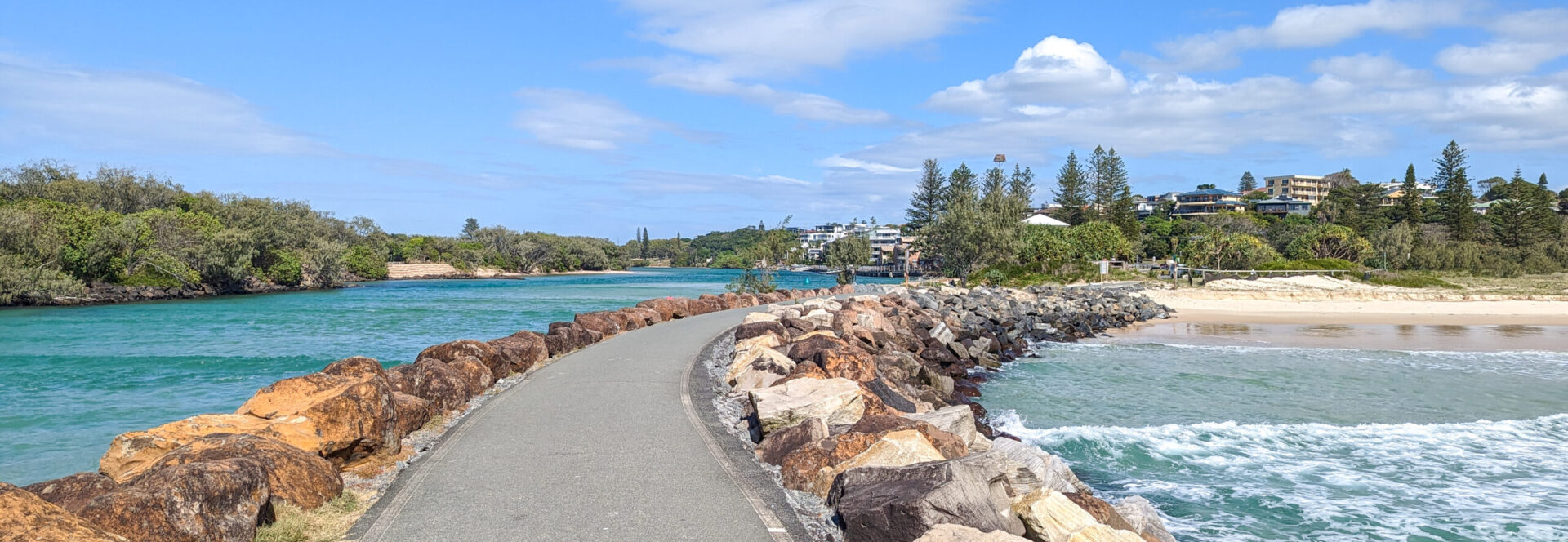A Glimpse Into Vietnam’s Imperial Legacy
A hillside in Thuy Bang village, just outside Hue, Vietnam is home to a mausoleum like no other. A fascinating convergence of Eastern and Western architectural styles. Completed in 1931, this is the final resting place of the 12th emperor of the Nguyen Dynasty, Khai Dinh, who ruled from 1916 to 1925.

Architectural Fusion: Eastern Elegance Meets Western Opulence
The tomb stands out for its unique design, characterized by a striking combination of traditional Vietnamese motifs and French colonial influences. From the elaborate mosaic made of broken glass and ceramic tiles to the ornate stone carvings, every element shows the impressive craftsmanship of the time. The main entrance features a grand staircase leading up to a beautiful courtyard, surrounded by statues of mythical creatures and ornate pillars.
One of the most notable structures within the tomb complex is the main shrine, which houses a seated statue of Khai Dinh made of concrete and plaster, adorned with gold leaf. An interior lavishly decorated with vibrant mosaics depicting scenes from Vietnamese history, as well as intricate patterns that draw from both Vietnamese and European artistic traditions.

Surprising Insights Into Emperor Khai Dinh’s Legacy
There are several aspects of his reign and personality that paint a fuller picture of this complex figure:
- Pro-French Sentiment: Khai Dinh cooperated with colonial authorities, which led to resentment among some Vietnamese nationalists.
- Influence of European Culture: Khai Dinh’s fascination with Western culture extended beyond architecture. He introduced several Western customs and practices to the imperial court, including clothing styles and military reforms.
- Struggles with Health: Khai Dinh faced significant health challenges throughout his life. His struggles with tuberculosis impacted his ability to rule effectively, contributing to a sense of instability during his reign.
- Cultural Legacy: Despite the controversies surrounding his rule, Khai Dinh played a role in preserving Vietnamese culture through his efforts to document and support traditional art forms, which have had a lasting impact.
- Tourism Appeal: Today, the tomb is a UNESCO World Heritage site and is one of the most visited attractions in Vietnam, drawing tourists from around the globe who are eager to experience its unique blend of history and artistry.

The Tomb’s Surroundings: Serenity Amidst Splendor
The surrounding gardens and courtyards provide a peaceful setting for reflection and contemplation. Ideal spots for photography and leisurely exploration amongst the various statures and architectural elements..
Getting There: Distance from Da Nang
You can opt for a private transfer, taxi or even a rental motorbike if you’re feeling adventurous. The route is quite scenic, offering a pleasant drive through Vietnam’s lush countryside and picturesque landscapes.
Practical Information for Visitors
The Staircase: The steep staircases leading to Khai Dinh Tomb is not for the faint of heart.
Location: If you’re coming from Da Nang, it’s about 100 kilometers away or 10km from Hue’s city center.
The journey from Da Nang takes around 2 to 2.5 hours by car, depending on traffic and road conditions.
Opening Hours: The tomb is open daily from 7:00 AM to 5:00 PM.
Admission Fees: There is an entrance fee, which helps fund the preservation and maintenance of the site. It’s advisable to check the latest fees before your visit.
Guided Tours: To fully appreciate the historical and architectural significance of the tomb, consider joining a guided tour. Local guides can provide valuable insights and context that enhance your experience.
Its grandeur and artistic richness make Emperor Khai Dinh’s Tomb a standout destination in Hue. This departure from traditional Vietnamese tomb architecture, with its unique fusion of styles, ensures it remains one of the most remarkable tombs in Vietnam.
Discover more from Ports In Paradise
Subscribe to get the latest posts sent to your email.


